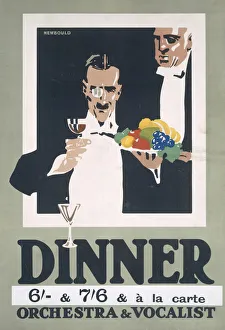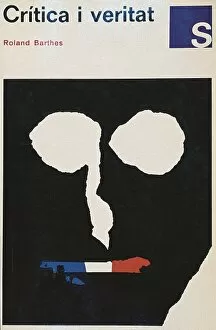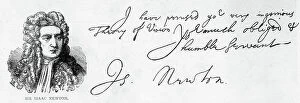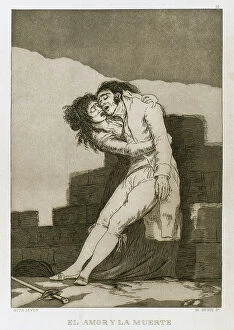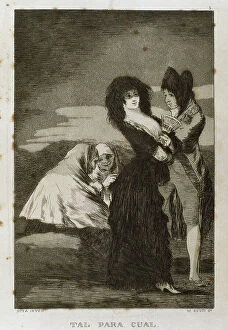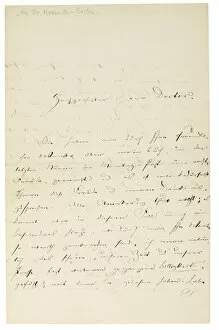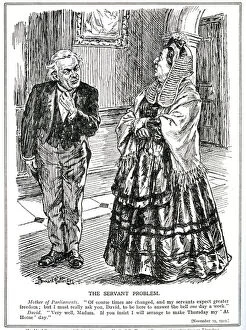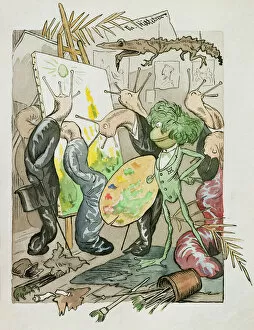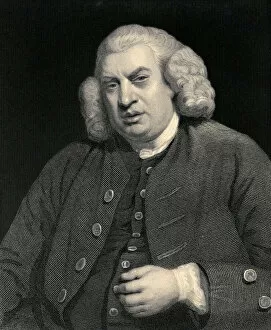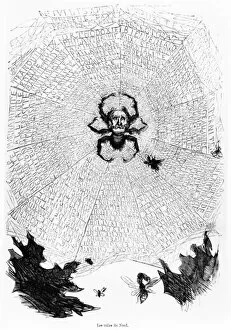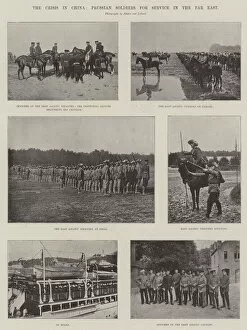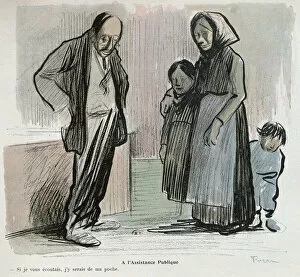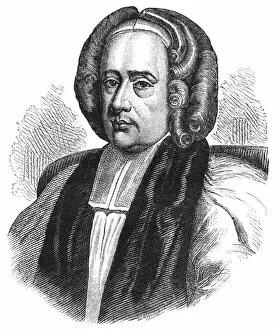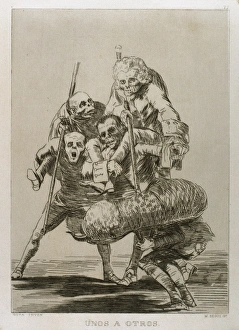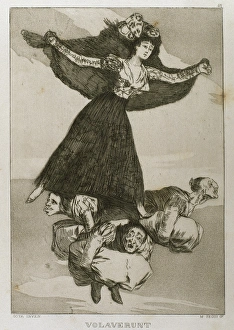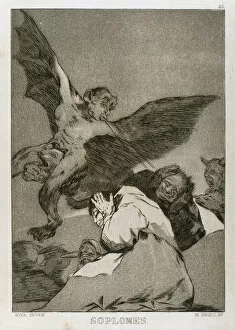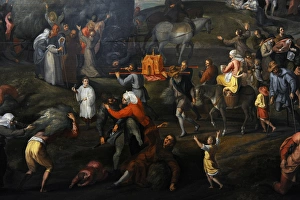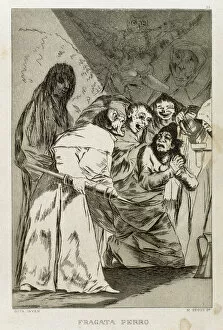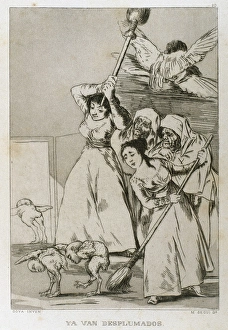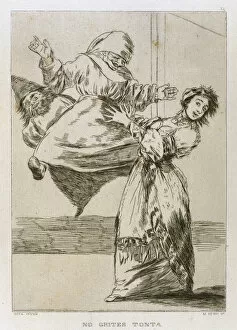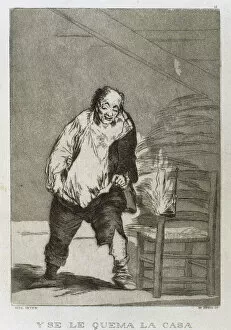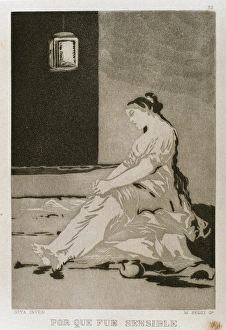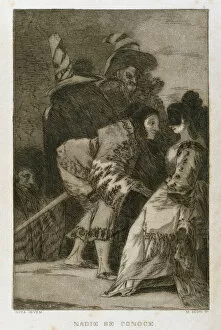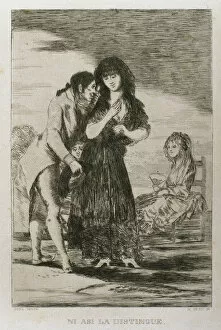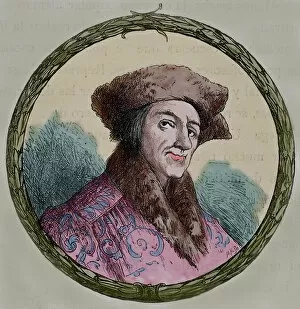Critique Collection
"Critique: Unveiling the Layers of Artistic Expression" Critique, a concept deeply explored by Roland Barthes
All Professionally Made to Order for Quick Shipping
"Critique: Unveiling the Layers of Artistic Expression" Critique, a concept deeply explored by Roland Barthes, delves into the intricate process of dissecting and analyzing various forms of artistic expression. Just as Francisco Goya's Caprices reveal profound insights into human nature, critique allows us to unravel hidden meanings and messages within these masterpieces. In Plaque 10 of Goya's Caprices, titled "Love and Death, " we are confronted with the juxtaposition of two powerful forces. Through critique, we can delve into the artist's intentions and explore how love intertwines with mortality in this enigmatic artwork. Plaque 5 presents us with "Two of a Kind, " inviting us to question societal norms and challenge our preconceived notions. Critique enables us to examine the complexities behind Goya's portrayal and decipher his commentary on identity and individuality. Moving forward to Plaque 77, we encounter "What One Does Not Expect. " Here lies an opportunity for critique to shed light on unexpected narratives concealed within Goya's work. By unraveling these surprises, we gain a deeper appreciation for his artistry. Plaque 61 confronts us with a thought-provoking scene titled "They Have Fun at Others' Expense. " With critique as our guide, we uncover social criticism embedded within this piece – exploring themes such as privilege, exploitation, or even satire. As we progress further through Goya's Caprices collection, Plaque 44 challenges our perception with its title: "They Spin Fine Threads. " Through critical analysis, we unveil underlying commentaries on power dynamics or perhaps even existential questions posed by the artist himself. Beyond visual arts lie other realms open for critique. In works like "The Masters of the World" or political cartoons like John Bull criticizing Lloyd George’s attendance at Parliament in 1919 – critiques become tools for evaluating socio-political landscapes that shape history itself. Even personal correspondences, such as Th.

